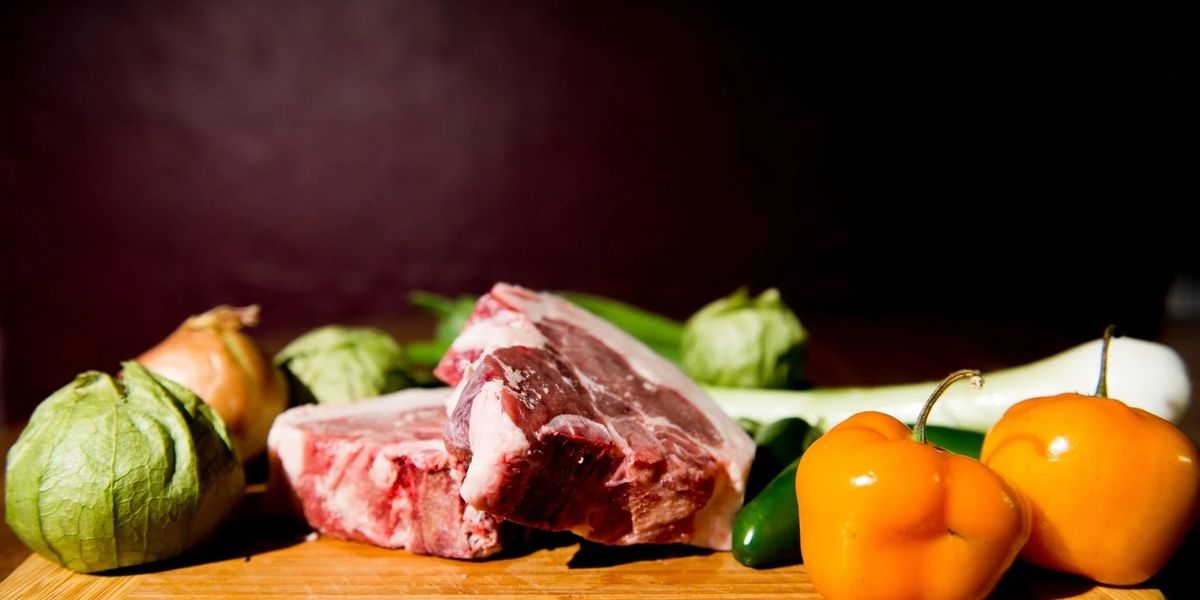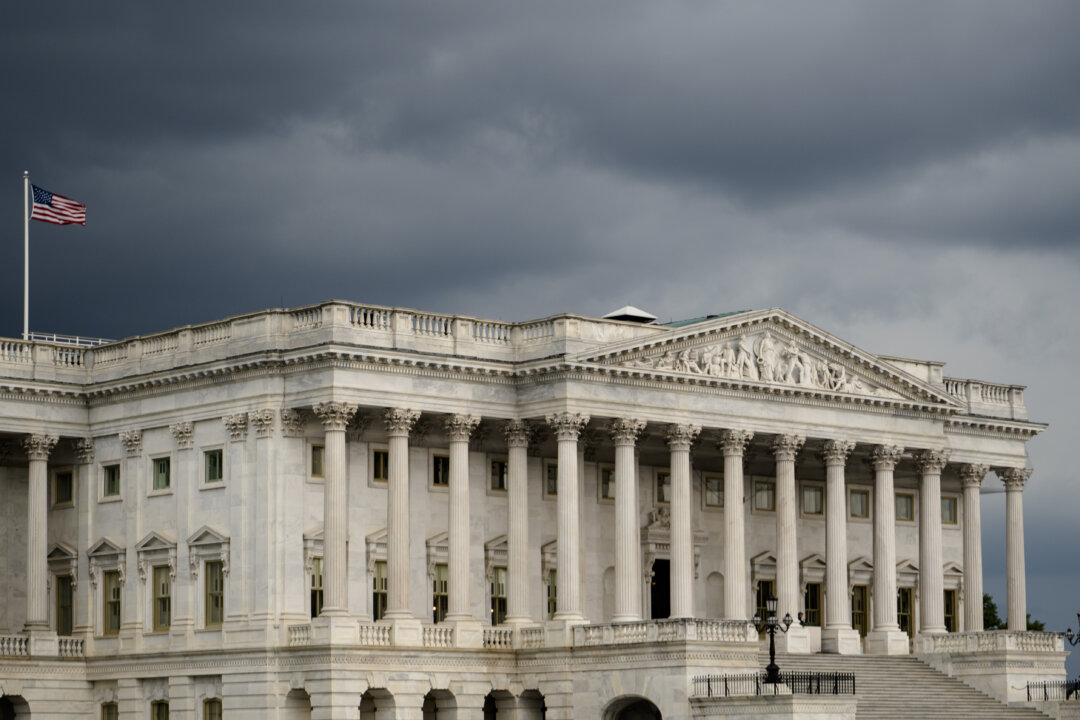

You are what what you eat eats. Try saying that in a hurry.
It’s a simple maxim, but one that guides me in my nutritional choices and in the advice I give to other people about improving their diet. If the meat and animal products you eat come from animals that live unhealthy, unhappy lives — if they’re stuffed full of poor-quality food they shouldn’t even be eating and housed in an unnatural environment — then you’re not going to derive as much benefit from those products as you should.
If you feed animals badly, you get a bad product. It’s that simple.
And why would you want that?
Animal welfare matters
Animal welfare matters not only because it determines the quality of the food you eat, but also because animals are sentient, feeling creatures who deserve moral consideration.
This doesn’t get said enough, actually, and there’s been a rather depressing tendency for so-called conservatives to pay little heed to the suffering of livestock or animals. This is part of a broader Philistine tendency on the right, I think, that reduces everything to economics and lines on a graph.
But of course it’s more economical to immobilize 10,000 chickens in a strip-lit warehouse instead of pasturing them on grass, in rather the same way it might seem economical to import your nation’s birth rates and undercut native labour with cheap foreigners at half the price — and of course they don’t unionize either!
A two-way pact
Domestication, which created cows and chickens and sheep and pigs as we know them, was a two-way pact, and we shouldn’t forget it. We got reliable, high-quality nutrition that didn’t have to be hunted on the plains and in the forests, at great risk to ourselves, and the animals got care and protection — including from other animals like wolves and bears and big cats.
The terms of this pact, and of man’s proper relation to nature more broadly, were given their most solemn expression in the book of Genesis, when God granted man “dominion over the fish of the sea, and over the fowl of the air, and over the cattle, and over all the earth, and over every creeping thing that creepeth upon the earth.”
By “dominion,” God didn’t mean, “You can do anything you want to these animals.” He meant, “You are the lord of these animals, and like every lord and his subjects, you have obligations to them. They are in your care. They are not to be abused or misused.”
I didn’t really intend this piece to be a bit of Biblical exegesis, but oh well — here we are.
But as I was saying, if you feed animals badly, you get a bad product. It’s that simple.
Farmed salmon 'toxic'
Take farmed salmon, for example. I think we all know we’re supposed to eat more oily fish to get those important omega-3s in our diet, but the truth is, farmed salmon may be one of the most toxic foods on the planet, and it’s all to do with how the fish are raised and in particular what they’re fed.
RELATED: Cattle rancher’s STARK warning: You'll only have meat 'as a treat'
 Blaze Media
Blaze Media
Research has linked regular consumption of farmed salmon to diabetes and obesity. Mice fed farmed salmon gain twice as much weight as mice fed other foods. Farmed salmon has been shown to carry an enormous payload of harmful chemicals, which probably explains its obesogenic effects.
A 2004 study showed at least 13 different persistent organic pollutants in the flesh of farmed salmon and that levels of polychlorinated biphenyls — chemicals known to be carcinogenic and to cause hormonal disruption — were eight times higher in farmed salmon than wild. Two other kinds of carcinogenic chemicals — dioxins and polybrominated diphenyl ethers — have also been found in high concentrations in farmed salmon.
One of the main foods given to farmed salmon is eel and other fatty fish, which are chosen because of their high protein and fat content. The problem is that fatty fish readily accumulate harmful substances, many of which are lipophilic (attracted to fat) and get stuck in their fat stores. A lot of the fatty fish that go into fish feed are taken from the Baltic, one of the most heavily polluted seas on the planet, concentrating the waste of nine industrial nations. (In Sweden, fishmongers are legally required to warn customers of the health risks of consuming fish caught in the Baltic. I bet you didn’t know that.)
Pigs under pressure
The same is true of pigs and pork. Apart from chickens, pigs bear the greatest burden of suffering in the modern industrial farming system. If you want any further reason to pray for the Three Gorges Dam to fail, look up China’s multi-story pig farms, which have the capacity to house and slaughter millions of pigs a year.
We in the West aren’t much better, though. For the most part, pigs here are just as unhappy: cramped, stressed, stuffed full of cheap corn and soy to fatten them up for slaughter as quickly and economically — there it is, that word again — as possible.
That means atrocious misery and poor-quality pork and lard to boot. There’s been a lot of talk of putting away seed and vegetable oils and returning to healthy traditional animal fats like butter and tallow and lard, but lard from industrially raised pigs is anything but healthy or traditional. Because pigs don’t have a rumen — those magical multiple stomachs possessed by cows and sheep — if they’re fed trash like soybean oil, they can’t convert the fats in it to saturated fat. As a result, the fat content of the pork comes to resemble soybean oil, and you’ve got seed oil but it’s called lard. So it goes.
Meet Acorn Bluff
Thank God, then, for Acorn Bluff Farms, a family farm in the rolling bluff country of Louisa County, Iowa. The farm has been in continuous use for nearly 200 years, but in the last five years its owners have converted the farm to focus on producing the highest quality pasture-raised pork, using one of the world’s most prestigious heritage breeds: the Hungarian Mangalitsa.
Mangalitsa pigs were originally bred for the Habsburgs, the royal family of the Austro-Hungarian Empire. You can recognize them by their absurdly cute curly hair. Since they were bred for European royalty, you can bet Mangalitsa pigs taste good. Some call Mangalitsa the “Kobe beef” of pork, Kobe beef being one of the priciest and most prized kinds of beef in the world. The cows are fed beer and given massages. (Really: Look it up.)
 Acorn Bluff Farms
Acorn Bluff Farms
The other red meat
At Acorn Bluff Farms, the pigs and piglets are allowed to roam and forage and wallow in the mud and chase one another through the fields and forest like pigs and piglets should. Follow the farm’s Twitter account (@acornblufffarms) for regular heartwarming videos.
In the middle of the 20th century, pork began to be marketed as “the other white meat,” but this was only really possible because modern farming methods were turning pork into an insipid, watered-down, pale shadow of the meat it really is.
If you buy some pork chops or a side of spare ribs from Acorn Bluff Farms, you’ll see pork in its true form: the other red meat. And what’s more, you can enjoy every single mouthful, without guilt — which is how it should be, because God said so.
.png)
 2 hours ago
2
2 hours ago
2















 English (US)
English (US)